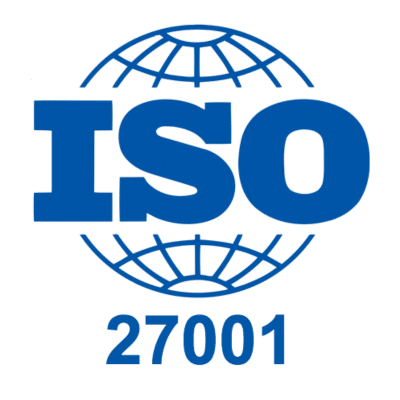Use of Reading Comprehension Test
The Reading Comprehension Test is crucial in hiring as it helps identify candidates with strong reading and analytical skills. These skills are vital for roles that require understanding complex information, making informed decisions, and communicating effectively. By assessing reading comprehension, hiring managers can ensure that candidates can process written information accurately and efficiently.
This test also evaluates a candidate's ability to think critically and solve problems based on textual information. It helps determine if a candidate can grasp key concepts, draw logical conclusions, and apply knowledge in real-world scenarios. Ultimately, the Reading Comprehension Test provides valuable insights into a candidate's potential to succeed in roles that demand high levels of literacy and analytical thinking.
Applications of the Reading Comprehension Test
Pre-Employment Screening: Identify the best candidates early in the recruitment process, ensuring that only those with strong reading comprehension skills, such as understanding complex texts, interpreting information accurately, and making logical inferences, move forward.
Internal Promotions: Assess current employees for potential roles requiring advanced comprehension skills, ensuring they have the necessary abilities to succeed in higher positions, including the capability to analyze detailed documents and reports.
Training and Development: Evaluate the effectiveness of training programs and identify areas for improvement, helping develop a workforce skilled in reading and interpreting texts, which is essential for tasks such as understanding manuals, procedures, and policy documents.
Benefits of the Reading Comprehension Test
- Helps in selecting candidates with strong literacy skills, ensuring they can understand and process information effectively. This is crucial for roles requiring high levels of reading and analytical capabilities.
- Ensures that employees can comprehend and convey information accurately, reducing the risk of misunderstandings and errors in communication, which is vital for maintaining operational efficiency.
- Supports better decision-making by ensuring that employees can analyze and interpret written information accurately, leading to more informed and effective decisions.
- Contributes to higher productivity by ensuring that employees can quickly understand and respond to written materials, thereby improving overall efficiency in task execution.











